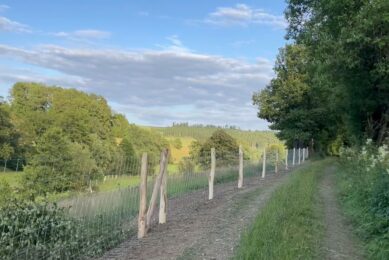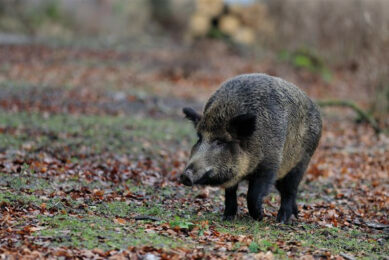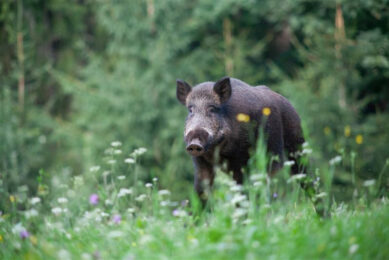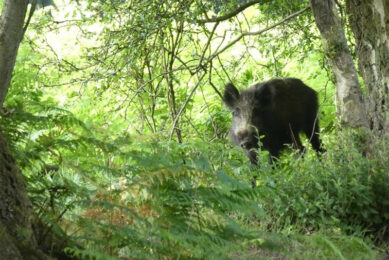German pig industry survey yields gloomy picture
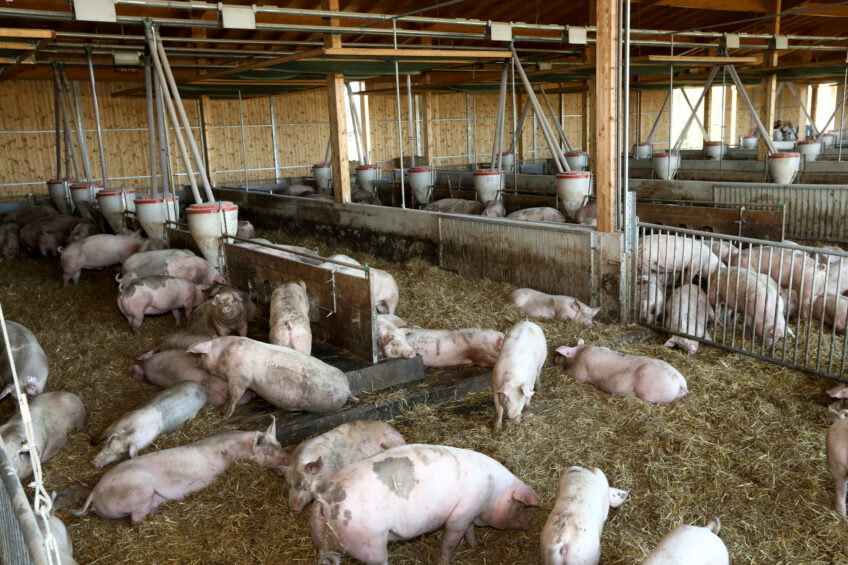
The reduction of pig producers in Germany is a continuing process. In a survey, only 56% of sow breeders could with certainty confirm to continue their business in the next 10 years to come; in the finishing pig sector, that percentage is at 65%. Those outcomes are being given despite current margins as well as market prospects being good.
Those are some of the main take-aways from a survey carried out by German pig farmers’ union ISN – it was the 6th time the ISN has organised a survey since it started doing so in 2018. In total 541 respondents took the time to participate, responsible for 123,000 sows and 1.05 million finisher pigs.
More than one-fifth of sow farms in Germany plan to exit sow farming in the next 10 years – 12.7% even within the next five years. For another 22.8%, the decision is still undecided.
The responses are in line with trends that could be seen in the past 10 years. In that timeframe, 41.5% of finishing pig farmers and 50.6% of sow farmers have been shutting up shop. The average farm size has increased in Germany, by 25% for finishing pigs and 40% for breeding pigs.
Declining number of piglet producing farms
The ISN has expressed its worries about the declining number of piglet producing farms. As from 2029, it will no longer be allowed for sow breeders to confine their sows in the artificial insemination areas. In addition, they will need to provide the animals with more space. Free farrowing crates will also be mandatory as from 2035.
So far, only 40% of sow farms have already made the decision to invest in needed welfare measures or have already done so. In the finisher pig sector, the majority of farmers are engaged in conventional or welfare production, according to the German animal welfare scheme Initiative Tierwohl (ITW) label.
Conventional production is expected to decline by 25%. Production within ITW, on the other hand, is growing slightly. The strongest growth will be in the higher welfare segments, where pigs are kept in open pig houses or houses providing outdoor access. Switching to a different business model, however, comes with bureaucracy and could therefore take a long time.
Dramatic structural change for sow farming
At the ISN website, the organisation’s managing director Dr Torsten Staack reflected on the latest results. He said, “It is a fact that restructuring of animal husbandry can only succeed if pig farming does not collapse in this country. This applies to pig finishing, but especially to sow farming. A dramatic structural change is looming here. Due to the changed husbandry regulations in this sector, livestock farmers are forced to decide whether to invest in their barns or exit.
“But investing millions of euros to maintain the sow population in the best-case scenario and then still produce piglets according to legal standards is not a convincing business plan in the face of foreign competition that can produce more cost-effectively. Without support, we will lose large parts of German piglet production. “Our analyses show that a quarter could be replaced in the short term by piglet imports from neighbouring EU countries. The new federal government still has the opportunity to counteract this. For example, federal funding measures must be designed in such a way that sow farmers – and of course pig fatteners too – can actually access them to partially finance their investments.”



